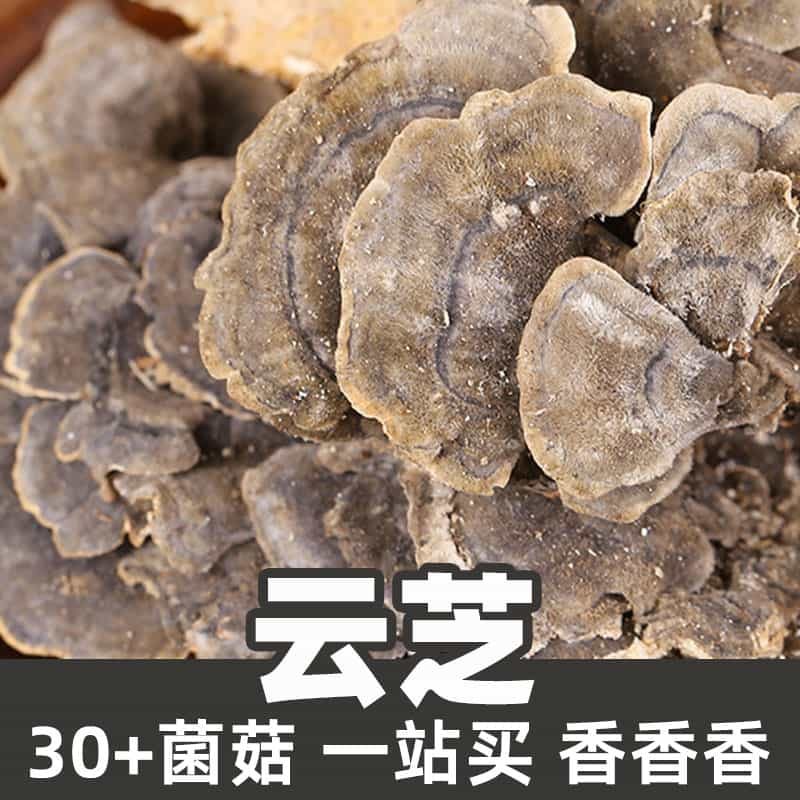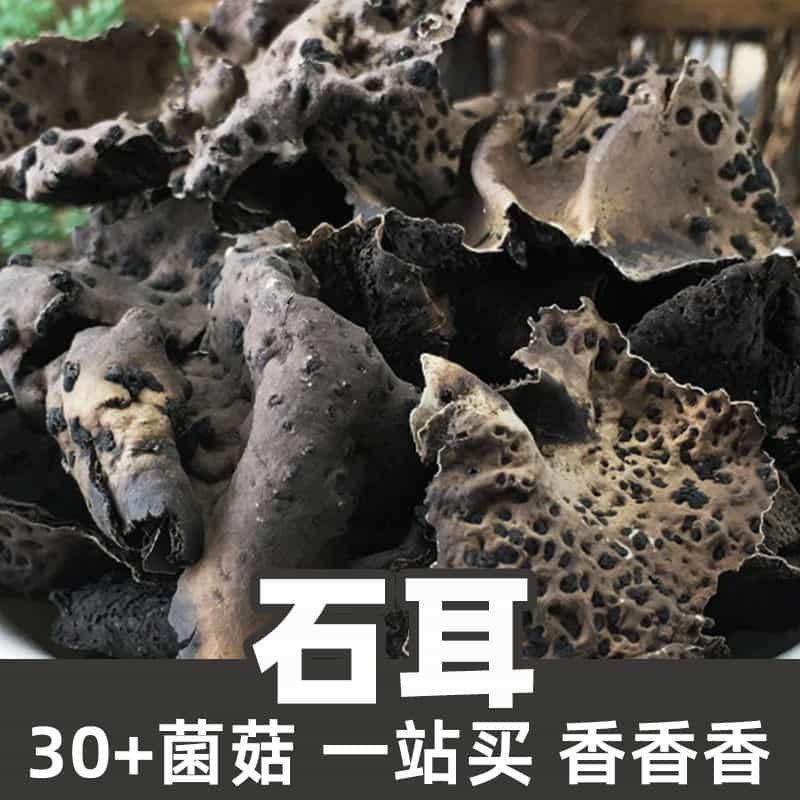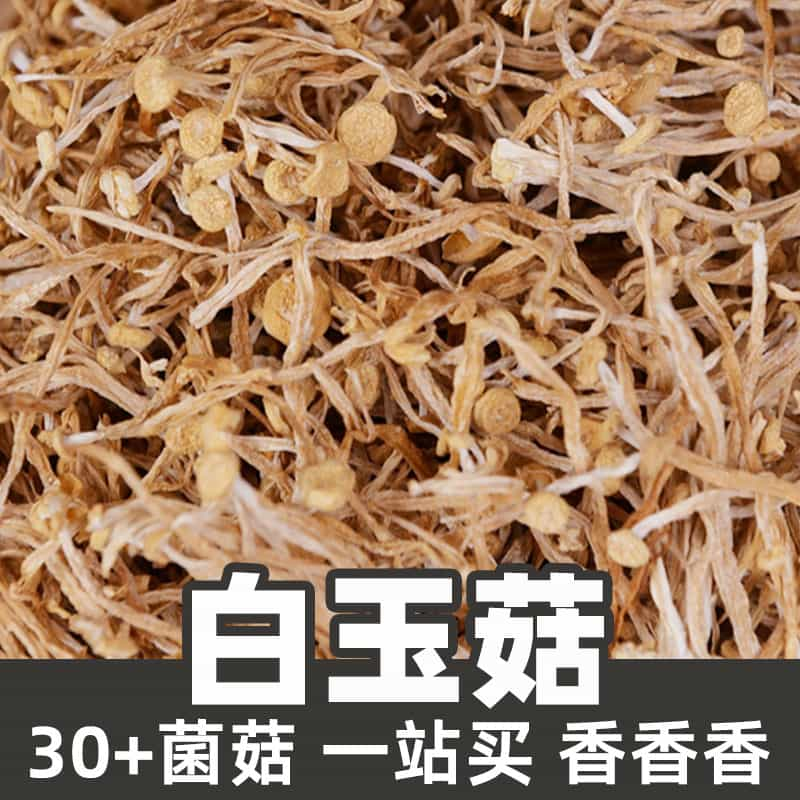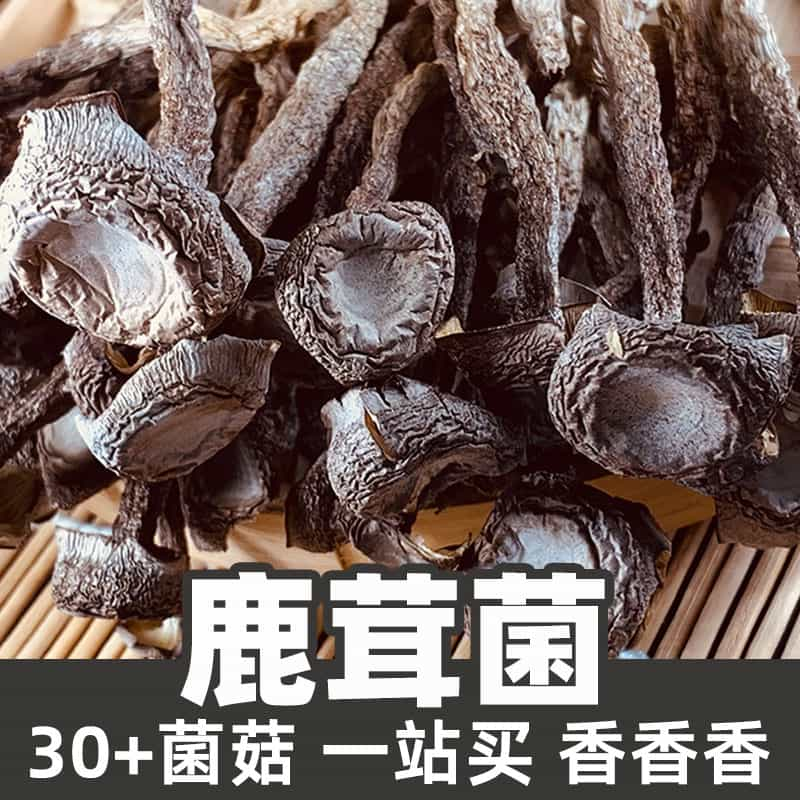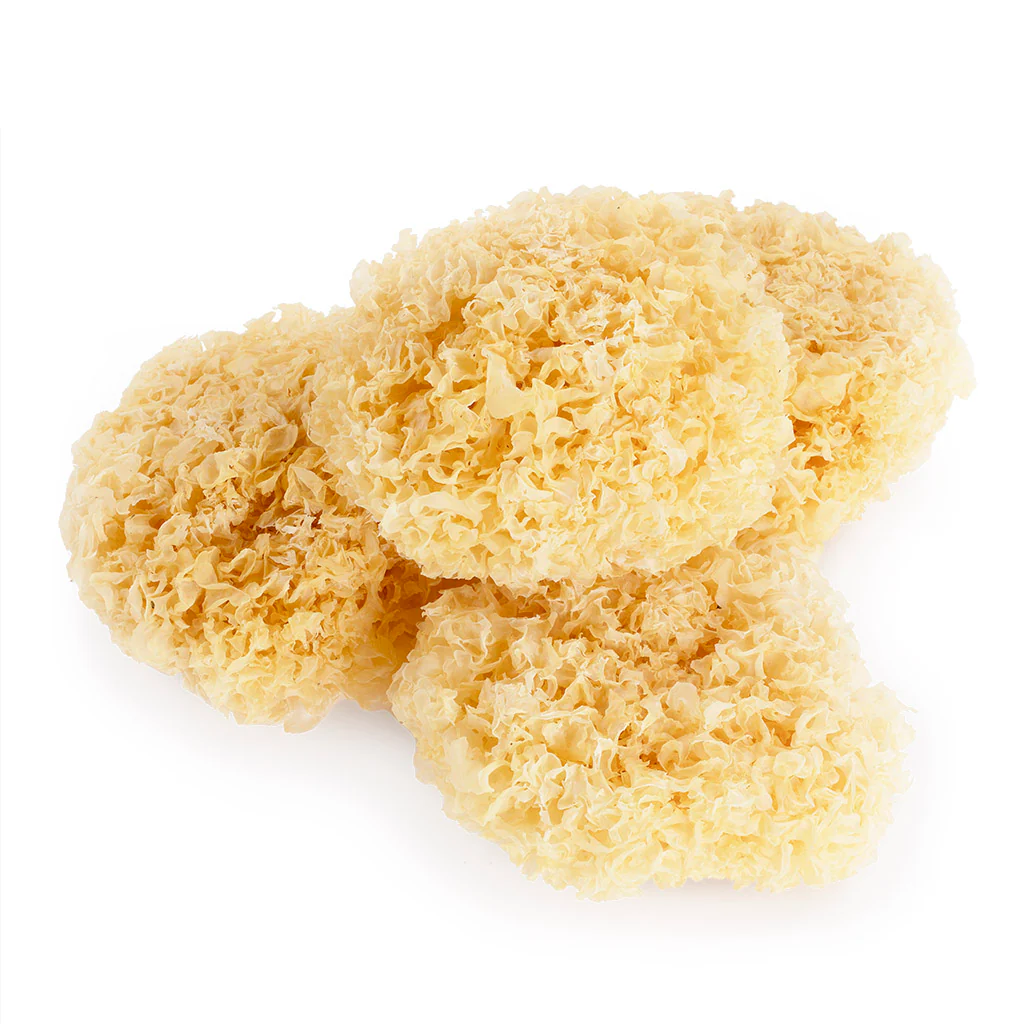Product Introduction
Cantharellus cibarius, commonly known as the chanterelle mushroom, is a prized species admired for both its culinary and nutritional value. This edible fungus particularly thrives in temperate forests and is known for its symbiotic relationships with various tree species, like oaks and conifers. Chanterelles are highly regarded for their distinctively rich and fruity flavor, making them a favorite among chefs and food enthusiasts around the world. They are typically bright yellow to golden-orange in color and have a unique funnel-shaped cap.
This mushroom is not only a culinary delight but also has a rich history in traditional medicine due to its potential health benefits. Nutritionally, chanterelles offer essential vitamins, minerals, and bioactive compounds that contribute to various health-promoting properties. These mushrooms are often utilized in gourmet cooking and can be sautéed, roasted, or incorporated into sauces and soups, emphasizing their versatility. The combination of flavor, nutritional value, and historical uses highlights the significance of Cantharellus cibarius in both gastronomy and medicinal practices.
Nutritional Composition
Cantharellus cibarius contains various active ingredients and bioactive compounds that contribute to its nutritional profile. It is rich in essential nutrients, including vitamins A, C, D, and several B vitamins, which play a crucial role in maintaining healthy bodily functions. Vitamin D, for instance, is known to support bone health and immune function, while vitamin C acts as an antioxidant, fostering a strong immune response. Chanterelles are also a good source of minerals such as potassium, phosphorus, and iron, which are important for metabolic processes and overall health.
One of the key features of this mushroom is its high polysaccharide content, notably beta-glucans, which have been credited with potential immunomodulatory properties. These compounds may help stimulate the immune system and provide protective effects against various health issues. Ergothioneine, a low molecular weight antioxidant found in chanterelles, has gained attention for its ability to protect cells from oxidative stress, potentially mitigating the effects of aging and chronic disease.
Furthermore, the presence of antioxidants and other phytochemicals enhances the overall health benefits of Cantharellus cibarius, promoting its usage in traditional medicine as a natural remedy. Emerging research continues to explore the potential of this mushroom in supporting health by alleviating oxidative damage and improving immune response. Combined, these nutritional components make chanterelles a valuable addition to a balanced diet, providing both flavor and functional benefits.
Application Scenarios
Cantharellus cibarius finds its place in various application scenarios, primarily in culinary uses and medicinal practices. In the culinary world, this mushroom is celebrated for its unique taste and aroma, often described as fruity and peppery. It can be sautéed with butter and herbs, incorporated into risottos, or added to soups and sauces, showcasing its versatility. Gourmet chefs frequently seek out chanterelles to elevate their dishes, taking advantage of their distinctive texture and flavor profile.
In addition to their culinary appeal, chanterelles are increasingly recognized for their potential health benefits. Traditional medicinal applications include using the mushroom in herbal remedies aimed at boosting immunity and combating inflammation. Their rich nutrient composition and antioxidant properties position them as a natural supplement for promoting overall health.
Moreover, Cantharellus cibarius is often included in dietary supplementation, with extracts or powders incorporated into health products aimed at enhancing nutrition. The versatility of this mushroom extends to the growing trend of foraging, where enthusiasts seek out wild chanterelles, adding a sustainable and experiential dimension to their use. This trend aligns with increasing interest in wild foods and a desire for natural, less processed ingredients.
Beyond food and health practices, Cantharellus cibarius is also explored in research for potential applications in biotechnology and pharmacology, where its bioactive compounds may contribute to developing new therapeutic agents. This broad spectrum of applications underscores the significance of chanterelles in modern society, reflecting a blend of culinary enjoyment, nutritional value, and evolving scientific interest.
Growth Environment and Geographic Distribution
Cantharellus cibarius thrives in specific growth environments characterized by moist, well-drained soil often found under deciduous and coniferous forests. This species typically forms mycorrhizal relationships with a variety of tree roots, particularly favoring oak, pine, and fir trees. Chanterelles prefer acidic to neutral pH levels in the soil and tend to flourish in shaded areas with ample leaf litter and decomposing organic matter, providing the necessary nutrients for growth.
Geographically, Cantharellus cibarius has a broad distribution, found across North America, Europe, and parts of Asia. In North America, it is commonly located from the southeastern United States to Canada, especially in temperate woodlands. In Europe, it is widely distributed throughout various forested regions, particularly in the UK and Scandinavian countries, where it is an important component of the local foraging culture.
Seasonally, chanterelles typically fruit during the summer and early autumn months, particularly following periods of rainfall when soil moisture levels are ideal for mushroom development. Locations such as old-growth forests and areas with rich biodiversity often yield a higher abundance of chanterelles, making mushroom hunting a popular activity for enthusiasts seeking this gourmet fungus. The intricate relationship between Cantharellus cibarius and its environment emphasizes the importance of preserving forest ecosystems to ensure the sustainability of this sought-after species.
Harvesting, Processing, and Storage
Harvesting Cantharellus cibarius requires careful consideration to ensure sustainability and quality. When foraging, it is essential to pick only mature mushrooms that have fully developed caps, avoiding young specimens that could hinder future growth. Using a knife or specialized mushroom picker is recommended to cut the stem at ground level, minimizing disturbance to the surrounding mycelium and promoting continuous growth. It is important to carefully identify this mushroom to avoid confusion with toxic lookalikes.
Once harvested, processing chanterelles can significantly impact their flavor and shelf life. For immediate culinary use, they should be gently brushed to remove dirt and debris, as they absorb moisture and are best not washed. Fresh chanterelles can be sautéed quickly, allowing their unique flavor to shine.
For longer-term storage, drying is a common method employed to preserve the mushroom. This can be done in a dehydrator or by laying them out in a single layer in a well-ventilated area away from direct sunlight. Dried chanterelles can last for several months and should be stored in airtight containers in a cool, dark place to maintain their flavor and prevent moisture absorption.
Fresh chanterelles can be stored in the refrigerator for a limited time, ideally no more than a week, and they should be kept in a paper bag rather than plastic to allow for air circulation. Airflow is essential to prevent moisture buildup, which can lead to spoilage. The preservation methods utilized for Cantharellus cibarius highlight the importance of proper handling to maintain the mushroom’s culinary and nutritional qualities.
Monica Sun is a seasoned expert in the natural raw materials industry, with over a decade of experience specializing in traditional Chinese medicinal herbs, spices, and fungi. She is skilled in the sourcing, processing, and application of these materials, emphasizing sustainability and innovation. Monica Sun has contributed to the development of high-quality natural raw materials that serve as essential components in functional foods, pharmaceuticals, and cosmetics, delivering tailored solutions to meet diverse market needs.









